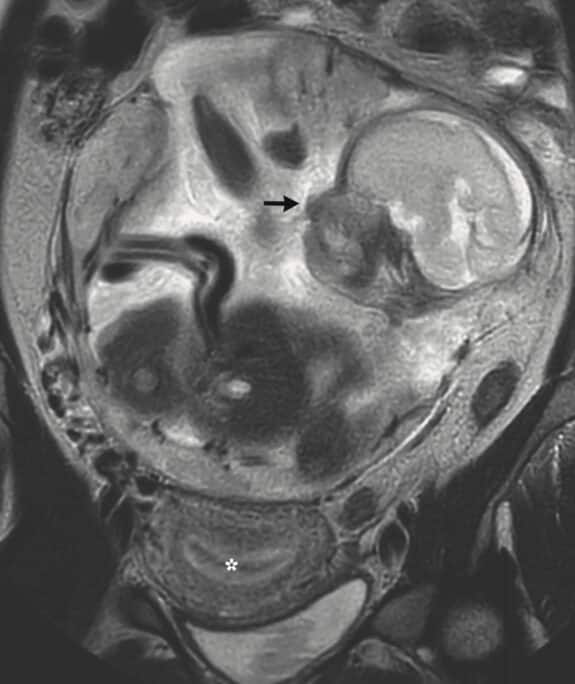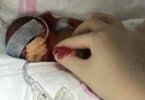In a surprising turn of events, a 37-year-old woman sought medical help for persistent abdominal pain and bloating, only to learn that she was actually 23 weeks pregnant. What makes this case even more extraordinary is that the fetus was growing in her bowel.
Scans revealed the presence of a normally-formed fetus in the space between her stomach and bowel, known as the abdominal cavity. This rare condition, called an ectopic pregnancy, often leads to the death of the child. However, in this case, medical intervention allowed doctors to deliver the baby at 29 weeks. Miraculously, both the mom and baby were discharged from the hospital, as shared in the New England Journal of Medicine.
The woman was diagnosed with an abdominal pregnancy, a unique type of ectopic pregnancy that occurs outside the uterus within the abdomen. In this case, the baby was found in the peritoneal cavity, where vital organs are located, with the placenta attached to the top of the pelvis.
Doctors explained that these pregnancies are extremely rare but can happen if a fetus starts to grow in the fallopian tubes or ovaries. Over time, they may rupture, allowing the fetus to migrate into the abdominal cavity.
Ectopic pregnancies account for less than two percent of pregnancies in the US, with abdominal pregnancies occurring in only one in 30,000 cases. Fetal mortality in abdominal pregnancies is estimated to be between 40% to 90%.
Even for those who do survive, about 21% experience birth defects or brain damage due to the compression of the fetus and the absence of the amniotic fluid buffer
The woman traveled to France from Reunion Island in the Indian Ocean to seek medical assistance. After careful consideration, doctors advised her to wait until 29 weeks gestation to deliver the baby, increasing its chances of survival. While babies can be considered viable outside the womb from 24 weeks, the survival rate is lower.
Ultimately, doctors performed an abdominal incision to deliver the baby, who was then transferred to the neonatal intensive care unit for further care. Twelve days after giving birth, the mother underwent a separate surgery to have the remainder of her placenta removed.
Twenty-five days and two months after the birth, both the mother and baby were discharged from the hospital. Unfortunately, their subsequent progress remains unknown as they were ‘lost to follow-up’.
It’s worth noting that the woman already had two children and had experienced a previous miscarriage.
More Childbirth News:







